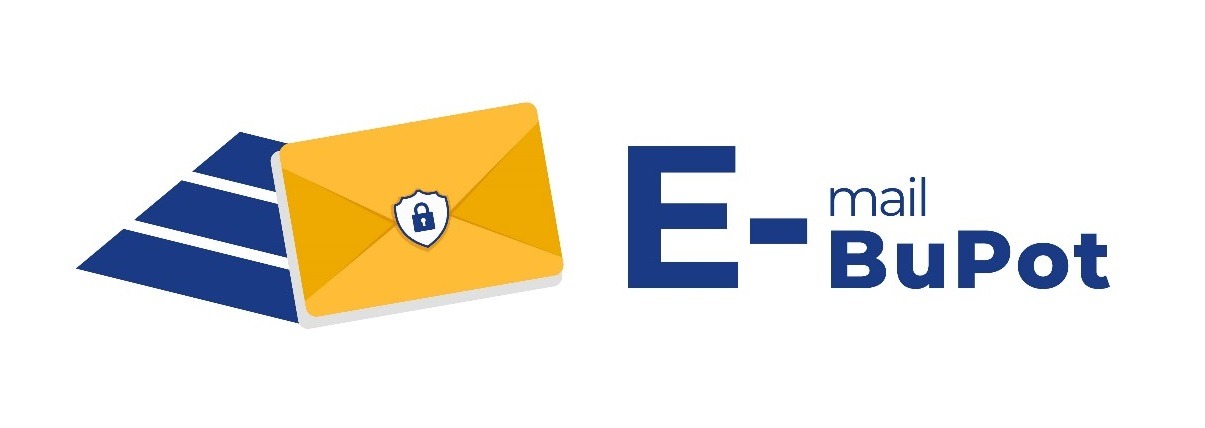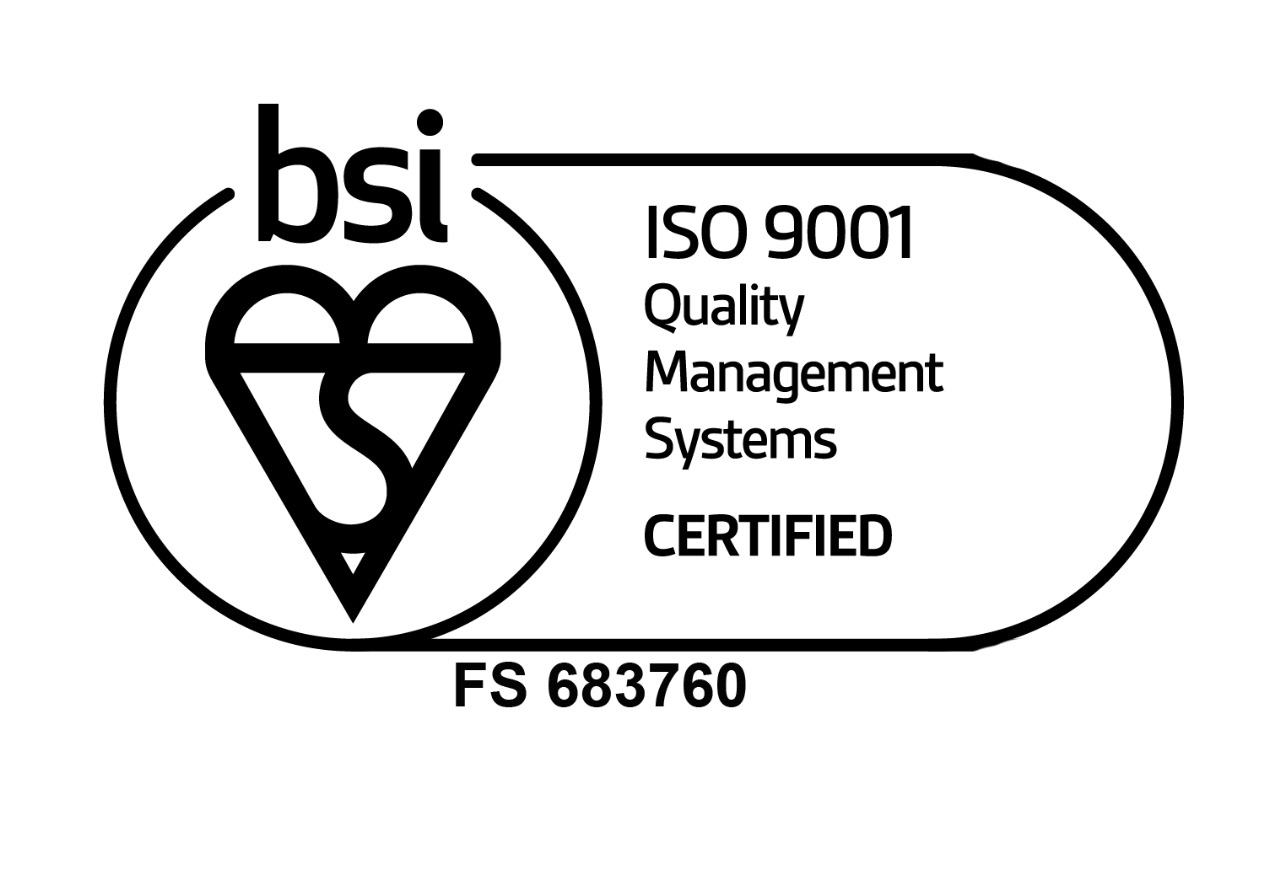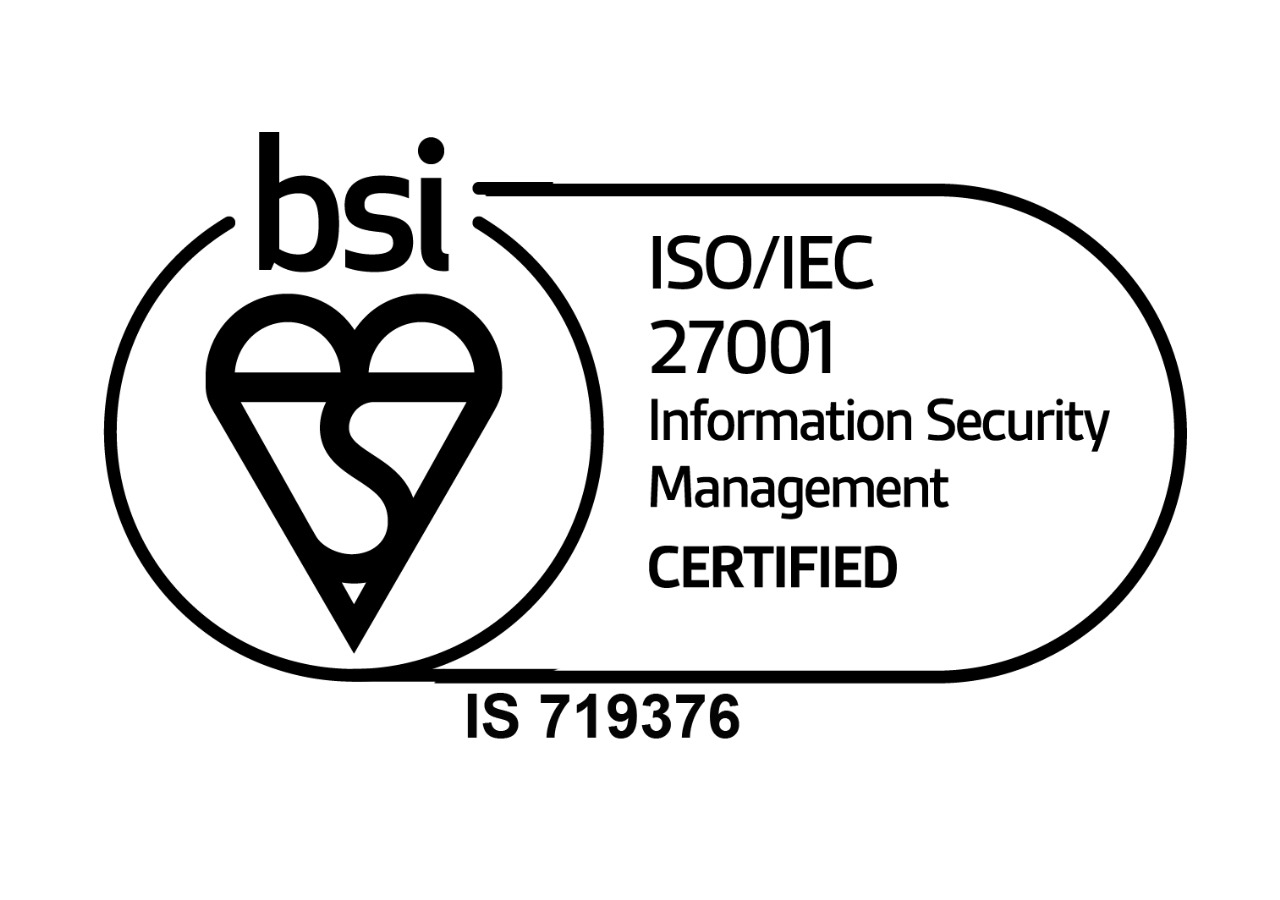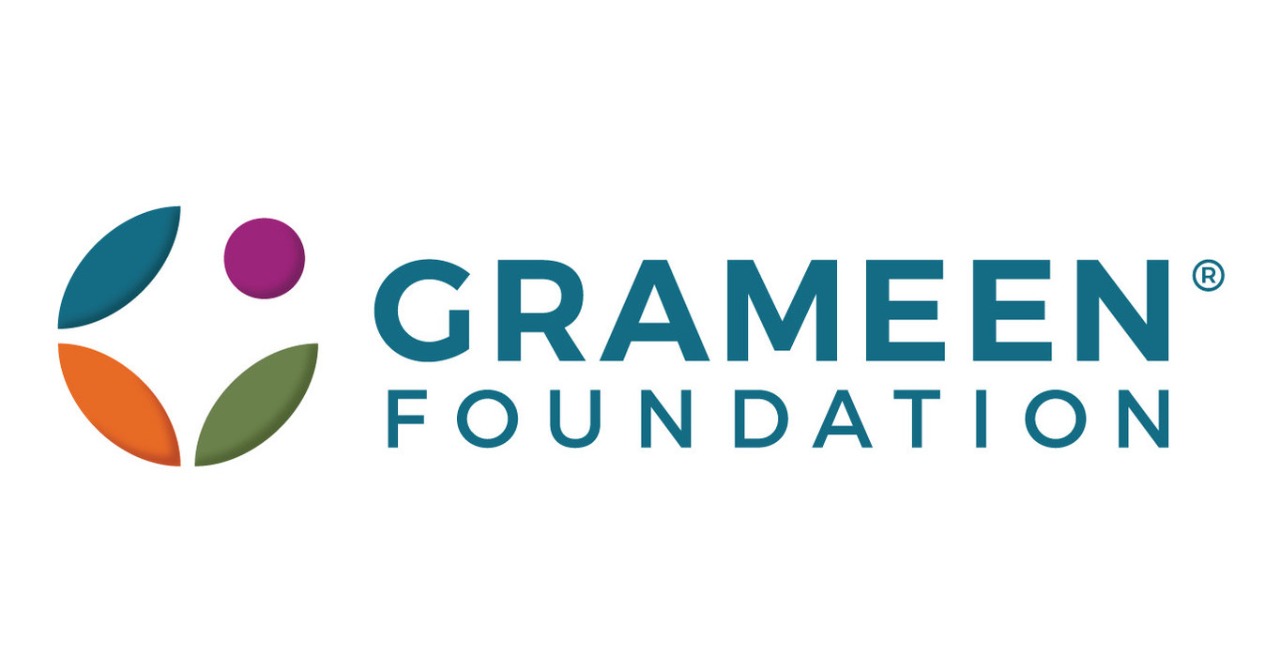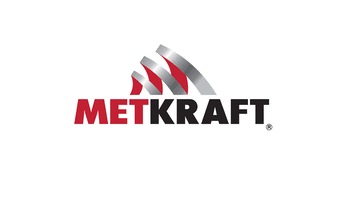Anticipate Severance/Retirement Obligations by participating in the Pension Program for Severance Co

Complying with the regulation as well as receiving the benefit is very rare. Normally, the Management prioritizes current conditions more than obligations in the future especially in terms of employee costs. The costs that cannot be avoided are severance payment and pension according to the Labor Law no 13 2003. Based on article 167, when an employee reaches the pension age, the company is responsible in paying severance or pension compensation, which is minimally equal with severance compensation according to article, no 156.
Due to the significant amount of severance/pension compensation, the company should start to reserve the severance before it the time of its duty to pay the severance based on the Accounting Standard PSAK 24. The employment reward must be reserved after pension age and the severance should be calculated based on the Actuarial calculation. However, based on the tax regulation, this is not taxed because tax is only taken after cost has been incurred.
Since 2013, the Association of Dana Pensiun Lembaga Keuangan (DPLK) with the approval of the Otoritas Jasa Keuangan (OJK) created the Pension Program for Severance Compensation (PPUKP) that are meeting all the requirements of the Labor Law, PSAK 24 and tax regulation, because there are 4 benefits of PPUKP which are:
1. The reserve that is spent to the DPLK can be treated as an expense for tax purposes, based on Income Tax law. I have received an offer from a prominent insurance company who offered a retention program for their employees. However, unfortunately, although they offered a good retention program, it could not be deducted as an expense for tax purposes. This is because the insurance company did not have the license as the DPLK who has special treatment based on the Income Tax Law.
2. The reserve fund is under company’s name and not under employee’s name, therefore, employees resigning do not affect the reserve. This is different from the previous product of the DPLK, the Define Pension Contribution program, which should be registered under each employee’s name. Therefore, if the employee resigns, the resigning employee will own the fund. This became an obstacle for companies to make a reserve under the Define Pension Contribution Program.
3. When an employee receives the pension, the applicable Pension tax regulation for DPLK is only 5%. On the other hand, companies need to follow 2 different regulations - up to 25% for severance compensation and 5% for pension. For companies that provide a salary with tax allowance, PPUKP is able to help save tax expenses or the employees is able to receive a tax reduction that is only 5% whatever condition may be.
4. Another benefit by joining the PPUKP would be the investment result will not be deducted by tax. This can compensate the cost that should be paid to DPLK to manage the fund.
Based on a discussion with DPLK, PPUKP can be used:
1. Normal pension according to the normal age for pension.
2. Early Pension. Early Pension can mean companies can take advantage of the PPUKP in terminating employees who has an age less than pension age. This is commonly 10 year age before the normal pension age.
3. Detachment money - if the employee has resigned (as long as the employee’s age is above the range of early pension age)
4. When an employee has passed away.
5. When an employee gets into an accident.
Therefore, PPUKP can be used not only for pension, but also in terminating the employee or even to provide detachment money in resignation, as long as the employee has met the early pension age.
If the management of the company wants to make this reserve through the PPUKP, the management can select one of 25 DPLK that has a license for the PPUKP. My recommendation would be, the management of a company can select their choice based on the reputation of the company, the performance of investment in managing the reserve fund and most importantly, the cost of managing the fund and the service from DPLK. For more information, please feel free to email Sutjipto@widyapresisisolusi.com
